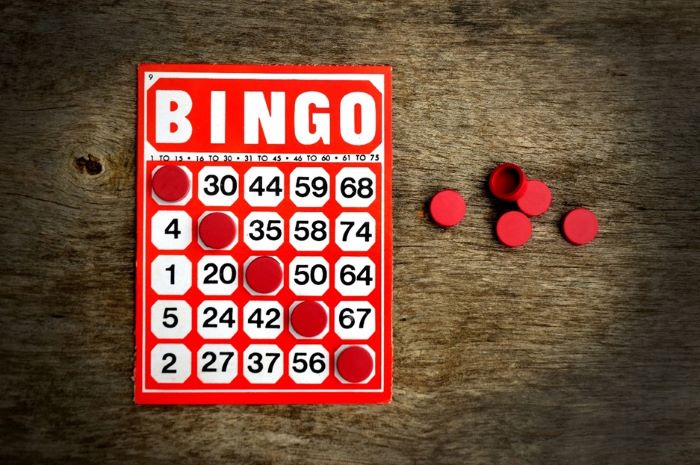Entertainment
Our simple guide to the game of Bingo

Curious about Bingo? It’s a game that remains just as popular now as it was decades ago, if not even more so! This means there’s no time like the present if you want to learn a bit more about how the classic game of matching numbers works.
Whether you’re planning to head down to a physical Bingo hall or simply try out some free daily Bingo online, read on for our quick and simple guide to this classic game.
Becoming Bingo
The game itself was actually around well before the name Bingo came about. People in 16th-century Italy were playing something reminiscent of Bingo every Saturday, but this only involved drawing one number.
When that game found its way to the French aristocracy it got some extra features, including the card of numbers that players are aiming to match before anyone else. The 90-ball version of Bingo popular in the UK looks fairly similar to this one, with a similar card layout.
But it wasn’t until it came to the US that Bingo really became Bingo. After spending some years being played in touring fairs, the game was discovered by New York toy manufacturer Edwin S Lowe, who went on to create a commercial version.
This is where the 75-ball US format solidified, turning from Beano to Bingo overnight.
75-ball Bingo
US players are most familiar with 75-ball Bingo, which features a 5×5 grid Bingo card and a total of 75 balls in play.
Unlike the continent version, in 75-ball a player can complete rows vertically, horizontally or diagonally as they get closer to marking off a full house. In fact, some games feature dynamic patterns such as getting the number in each corner of the card.
It’s considered to be a bit faster-paced than the 90-ball format more popular in the UK, with fewer numbers involved and players having more options when it comes to completing lines.
90-ball Bingo
The home of Bingo lingo, the 90-ball format is what anyone who’s played in a British Bingo hall will recognise. Rather than the square grid featured in the US version, the Bingo card here comes with three rows of nine squares.
This is where one of the biggest differences between the two formats is. Players can only complete lines horizontally, with prizes awarded to the first player who completes one, two and then all three rows.
Each of the 90 numbers has its own unique nickname, many of them similar to Cockney rhyming slang. This gives the game a charm of its own, even as it tends to run at a slightly slower pace than formats with lower ball counts.
30-ball Bingo
A more modern version of Bingo, this one’s commonly referred to as speed Bingo. With a far smaller number of numbers involved the game can go by a lot faster.
Players even have a set of cards to try and fill out, meaning that every number that’s called is likely to get them closer to finishing at least one.
This format especially took off when Bingo moved online, benefitting from people’s ability to play a game from their computer or phone.
—
And that doesn’t even cover all the other variations of Bingo that have sprung up online. It doesn’t matter if you’re looking for a faster or more methodical pace of gameplay, Bingo has you covered. No wonder it’s such a popular gaming choice!



















































